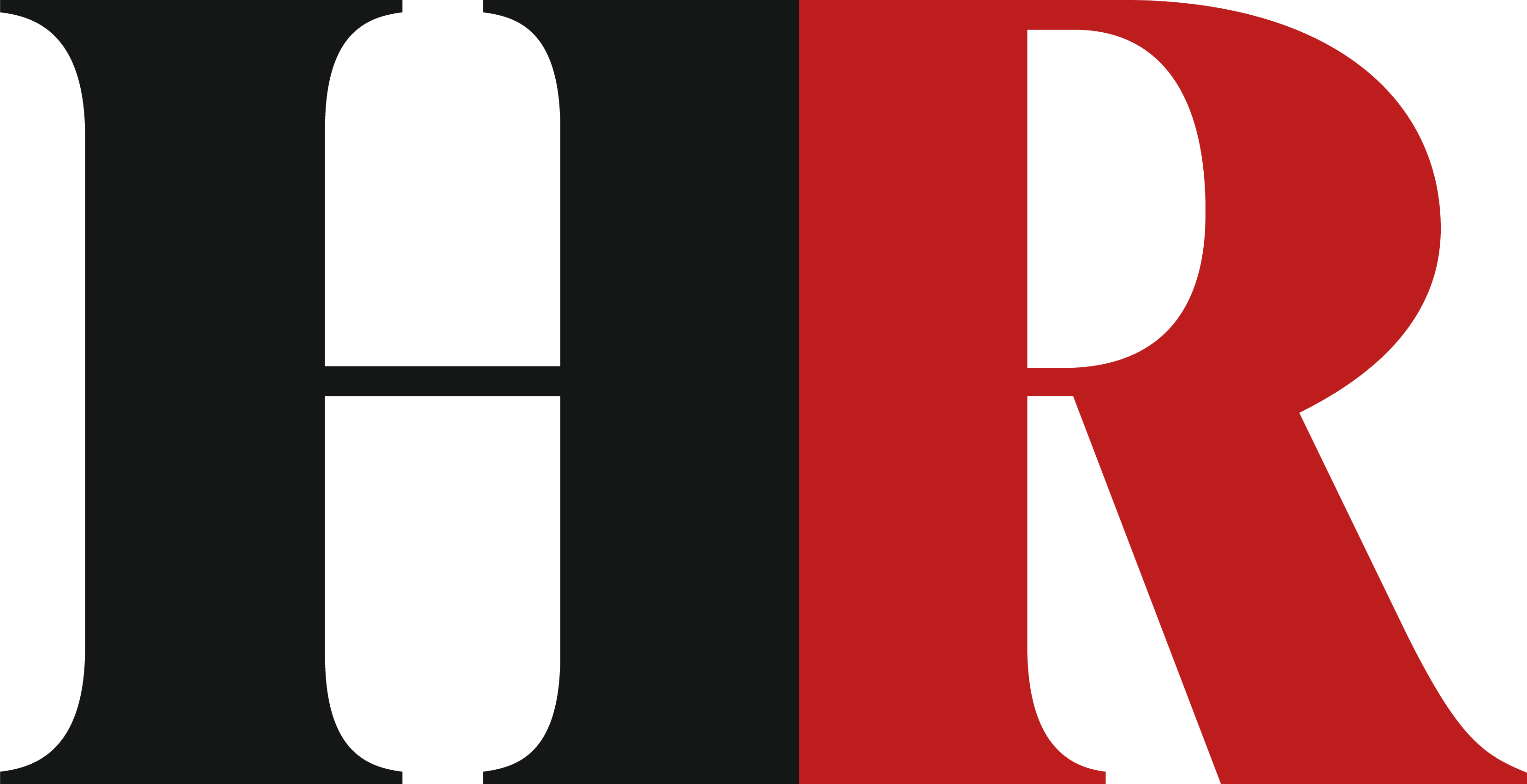Unsurprisingly, departing employees are often likely to give the most honest feedback. This is why exit interviews are critical to every company’s success. Candid feedback shared in exit interviews is invaluable, and supports HR managers in finding the best way to realign how the company moves forward and evolves.
One of the most useful ways to do this is collating all feedback from carefully crafted exit interview questions and use it to corroborate existing data. Then, you can draw up a broader picture from all inputs to advise the business with feedback and courses of action, if needed.
But exit interviews aren't the only way to ensure companies learn as much as possible from departing employees. Here are my top tips for HR teams navigating these final steps while maintaining positive relations with existing employees without disrupting the company.
1. Workflow
Simplified workflows are essential for every business; they are key to increased productivity and efficiency of all team members. Well-organised workflows help employees work more effectively, resulting in higher output and better use of their skills and expertise. However, this can often get overlooked in the employee offboarding process, leading to capacity issues.
Removing the departing employee from established workflows several days or weeks (depending on their notice period) before their end date and identifying a replacement to cover their workload means your teams are always ahead of the game and set up for success. Departing team members' workload and responsibilities may affect your incumbent employees so this proactive transition allows for a plan for after they leave.
Read more: How to develop a boomerang pipeline
2. Public announcements
Before updating the company website and informing clients and external contacts, you must let the wider internal team know that an employee is leaving. Naturally, more senior company members will learn of this news earlier; however, all employees must be informed, particularly those directly affected.
Once this announcement has occurred, you can begin planning how to connect the departing employee with their replacement to ensure a smooth transition.
I’d also strongly recommend keeping platforms like LinkedIn up to date and formally announcing new hires, especially those with notable achievements or backgrounds. Sharing these posts demonstrates the company's growth and ability to attract top talent. By leveraging these announcements, companies can strategically boost their brand awareness professionally, leading to potential business growth and a more substantial industry presence.
Read more: Exit interview insights are going to waste
3. Knowledge transformation
Departing employees often have valuable knowledge about their roles, tasks and processes. The onboarding process can be overwhelming, so having all handovers documented is a good idea.
New hires can refer to the documented processes and instructions, which reduces the time needed for training and decreases the likelihood of mistakes. This efficiency benefits the entire team and minimises disruptions. Ultimately, having this process in place helps to ensure a smooth transition.
The secret to success
Managing employee departures effectively is crucial for maintaining a positive employee experience and ensuring seamless business operations. Ultimately, you don't just need to think about the employee leaving or joining; you also need to think about the team surrounding them.
By facilitating exit interviews, implementing structured workflows, making timely public announcements, and facilitating thorough knowledge transfer, companies can preserve productivity and gather valuable insights from exiting employees to better themselves for future workers.
By Nadia Alaee, head of people at Deel









